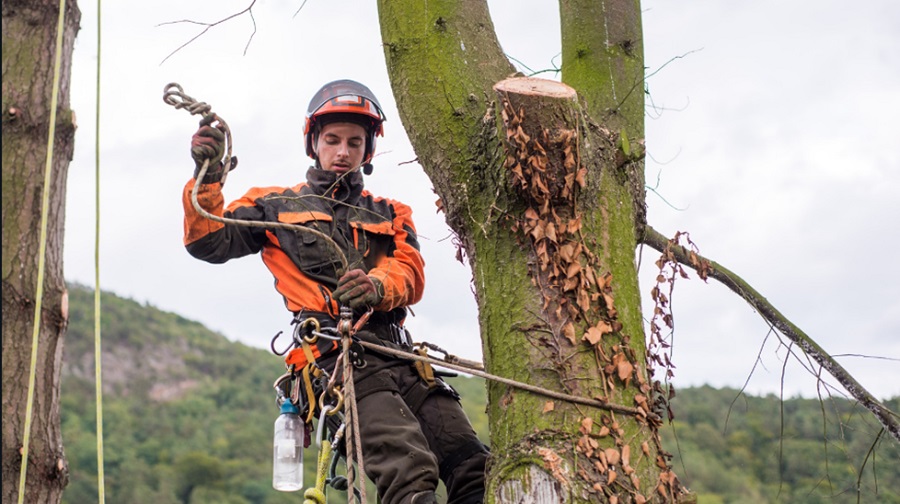
Urban environments can often be challenging for trees. Limited growing spaces, exposure to pollutants, and the risk of improper care can all jeopardize their health. This is where professional arborists step in to help maintain a healthy urban forest. If you’re searching for an arborist in Canton, GA, understanding their vital role in managing urban trees is the first step in ensuring the well-being of the trees in your environment.
What is an Arborist?
Arborists are specialists trained in the care and maintenance of trees. Their expertise encompasses everything from assessing tree health to safely removing or pruning trees. Unlike general landscaping services, arborists have a deep understanding of tree biology and employ techniques that promote longevity and sustainability.
One of an arborist’s most important tasks is performing health assessments. By inspecting the growth, structure, and condition of a tree, they can identify issues such as disease, pests, or structural weakness. Arborists then develop a care plan, which might involve pruning to enhance safety, improving soil conditions, or removing unhealthy limbs to facilitate growth.
For a detailed breakdown of what an arborist does, this article offers helpful insights into the range of services they provide and how they ensure the health of your trees.
Urban Tree Maintenance Challenges
Urban areas pose unique challenges for tree care. Trees often face stress from compacted soil, air pollution, and limited access to sunlight and water. Additionally, tree roots may conflict with nearby infrastructure, such as sidewalks, roads, or underground utilities.
Arborists work to mitigate these challenges through thoughtful maintenance plans tailored to each tree’s specific needs. They might use techniques like root pruning to prevent overgrowth near buildings or recommend tree species better suited to urban environments. Whether addressing damage from storms or ensuring trees remain stable over time, arborists help trees thrive in spaces not naturally suited for them.
Why You Need an Arborist
Hiring an arborist is essential if you’re concerned about the safety, health, or longevity of your trees. Some reasons to call an arborist include visible signs of disease, overgrown or leaning branches, or trees that may pose a safety risk to people or property.
An excellent guide on when to call an arborist explains how timely intervention can save a struggling tree before serious damage occurs. Arborists also play a key role in protecting trees during construction projects by implementing care plans that preserve their root systems and structural integrity.
The Proposal Process
When you hire an arborist, they’ll visit your property to assess your trees’ condition and discuss potential solutions. Instead of receiving a general estimate, you’ll receive a detailed proposal outlining the recommended work and associated costs. This transparent process considers factors like tree size, location, and the complexity of the service.
Typical services might include pruning to improve aesthetics or safety, soil treatments to boost tree health, or even the removal of trees that pose hazards. By addressing these needs, arborists contribute to a safer and greener community.
The Impact of Arborists on Urban Landscapes
Beyond individual tree maintenance, arborists also contribute to broader urban forestry efforts. They collaborate with city planners to design tree-friendly spaces, select species suited to local conditions, and plan for long-term sustainability. Arborists play a major role in increasing the tree canopy in cities, which enhances air quality, provides shade, and supports wildlife habitats.
Conclusion
Urban trees are more than just decorative elements; they’re vital for reducing temperatures, preventing erosion, and improving mental well-being. With their understanding of tree biology and urban planning, arborists provide solutions that balance the needs of people and nature.
Ensuring the health of your urban trees starts with a simple step—consulting an arborist who understands their unique needs. Whether it’s enhancing safety, addressing health concerns, or planning, their expertise is indispensable in maintaining a thriving urban environment.




